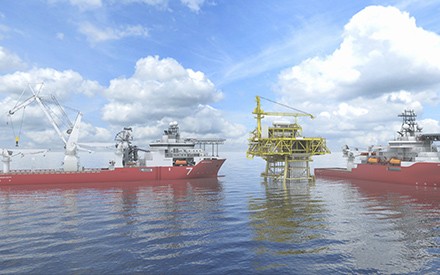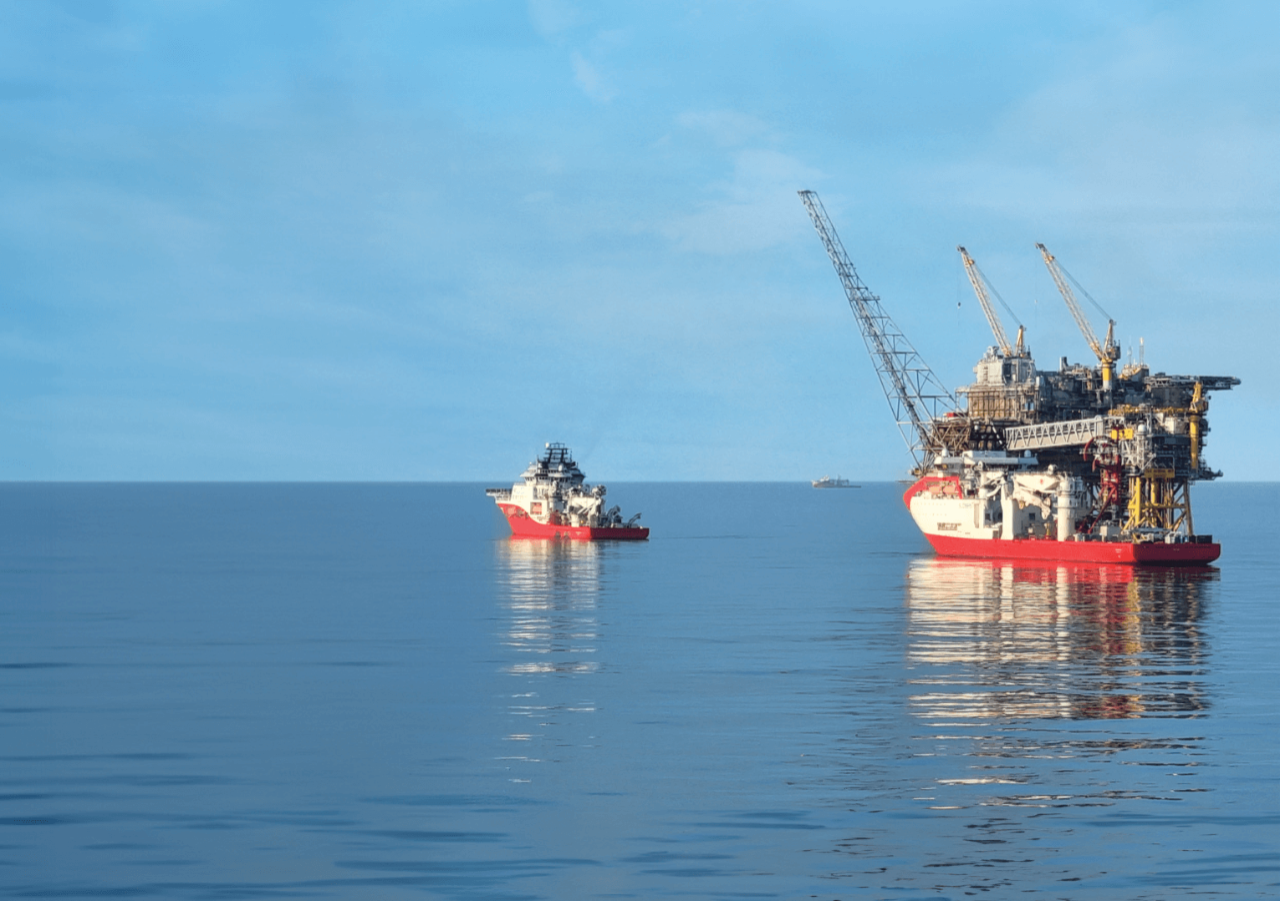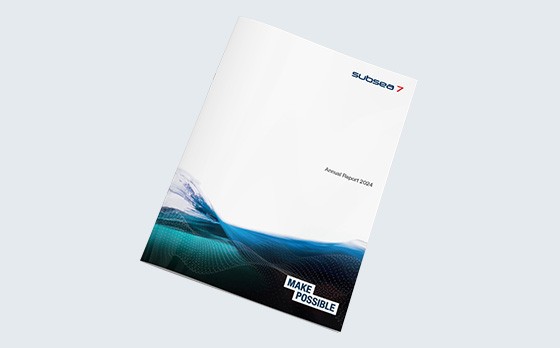HSEQ
Health, Safety, Environment and Quality
Safety forms the core of our culture and guides the way we work.
Subsea7 is committed to having an incident free workplace, providing, as a priority, a safe environment to those involved in or affected by our activities. Effective safety, health and environmental leadership is essential in everything that we do. In all our activities we are actively committed to stringent health and safety standards. Line managers are responsible and accountable for ensuring compliance with all health, safety, environment and quality (HSEQ) policies and procedures. We will always communicate openly on Health, Safety, Environmental and Quality (HSEQ) issues with our stakeholders and share with them our experience and knowledge of successful initiatives.
Policy implementation
Our HSEQ Committee is chaired by the Chief Executive Officer and oversees all matters relating to HSEQ, our working environment and practices. Our Line managers are responsible and accountable for ensuring compliance with all Health, Safety, Environment and Quality policies, our established procedures and guiding principles.
Safety performance
We aim for an incident free workplace every day, everywhere and each year we set targets to drive our performance toward this.
Risk management
We are engaging and collaborating with our stakeholders to identify, assess, monitor, manage and prevent foreseeable Health, Safety, Security, Environmental and Quality risks in connection with our activities through the application of our formal 'Risk Assessment' process.
Certification and compliance with relevant legislation
Our business management system is certified to ISO 9001, ISO 14001, ISO 45001 and complies with all applicable laws and regulations in the countries where we operate. We maintain assessment, self-evaluation and audit programmes to monitor the company compliance with this policy and a compliance audit report is presented to the Subsea7 S.A. Board of Directors at least once a year.
Training
We provide training and development appropriate for each individual's duties and responsibilities – this always includes HSEQ training. Line managers ensure appropriate training is provided and also complete individual competency evaluation in line with company standards.
Leading Safety Training is fundamental to our principles where we expect everyone to return safely to their families. Our internal programs deliver specific training and coaching to our Executive, to our leadership and to all of our Supervisors in order to align everyone to our strategy and to maximize our workforce engagement.
Safety data compilation system
Synergi Life HSEQ Management System has been implemented globally throughout the Subsea7 organisation both onshore and offshore. Synergi Life enables Subsea7 to manage, monitor and trend their global HSEQ performance including, KPI targets, incidents, near misses, high potential events, causal analysis, non-conformances, audits, assessments, supplier performance and action tracking.
Safety in design
Our worksites, project, vessels and equipment are all designed and constructed in accordance with regional legislation, international and industry standards, class and flag state requirements to ensure that the safety of our people is our primary objective.
Management of third party HSEQ performance
Incidents & Near Misses involving our 3rd parties are captured and tracked with Synergi Life Management System. These events combined with audits, inspections, quality failures and non conformities enable Subsea7 to monitor and work with our contractors to improve performance on a global basis.
Emergency response management
Subsea7’s HSEQ management system is designed to minimise the probability of emergencies occurring and reducing their severity when they do occur. While prevention is the priority it is also necessary and prudent to plan and prepare to respond to potential emergency incidents. All worksites operated by Subsea7 are required to implement appropriate preparations to respond to foreseeable emergencies.
In order to facilitate emergencies (including cyber events) our global emergency management process is linked to a virtual software package (D4H) this enables us to manage our 24/7 operation with dedicated trained teams using virtual teams for support.
Health
In order to support our safety objective our internal Health programs are designed to promote a caring environment. Our ‘Resilience’ program launched in 2018 is designed to promote health and wellbeing and has been recognised within the industry receiving several awards including the 2018 IMCA Environmental Sustainability and Safety Award.
Our flexible working arrangements helps promote a work-life balance and empowers our workforce to minimise the negative effects on their life.
Security
Our security arrangements are designed to oversee our global operations and to maintain our global objective of providing a safe environment for our workforce.
2025 Targets
| Injuries |
| Lost time incident frequency rate <0.03 per 200,000 hours worked. |
| Total recordable incident frequency rate <0.18 per 200,000 hours worked. |
| Serious injury frequency rate <0.10 per 200,000 hours worked. |
| Environmental |
| Environmental incident frequency rate 0.70 per 200,000 hours worked. |
| Environmental spill litres <25 litres |
| Observations and Interventions |
| Observation frequency 500 per 200,000 man hours |
| Intervention frequency 100 per 200,000 man hours |





